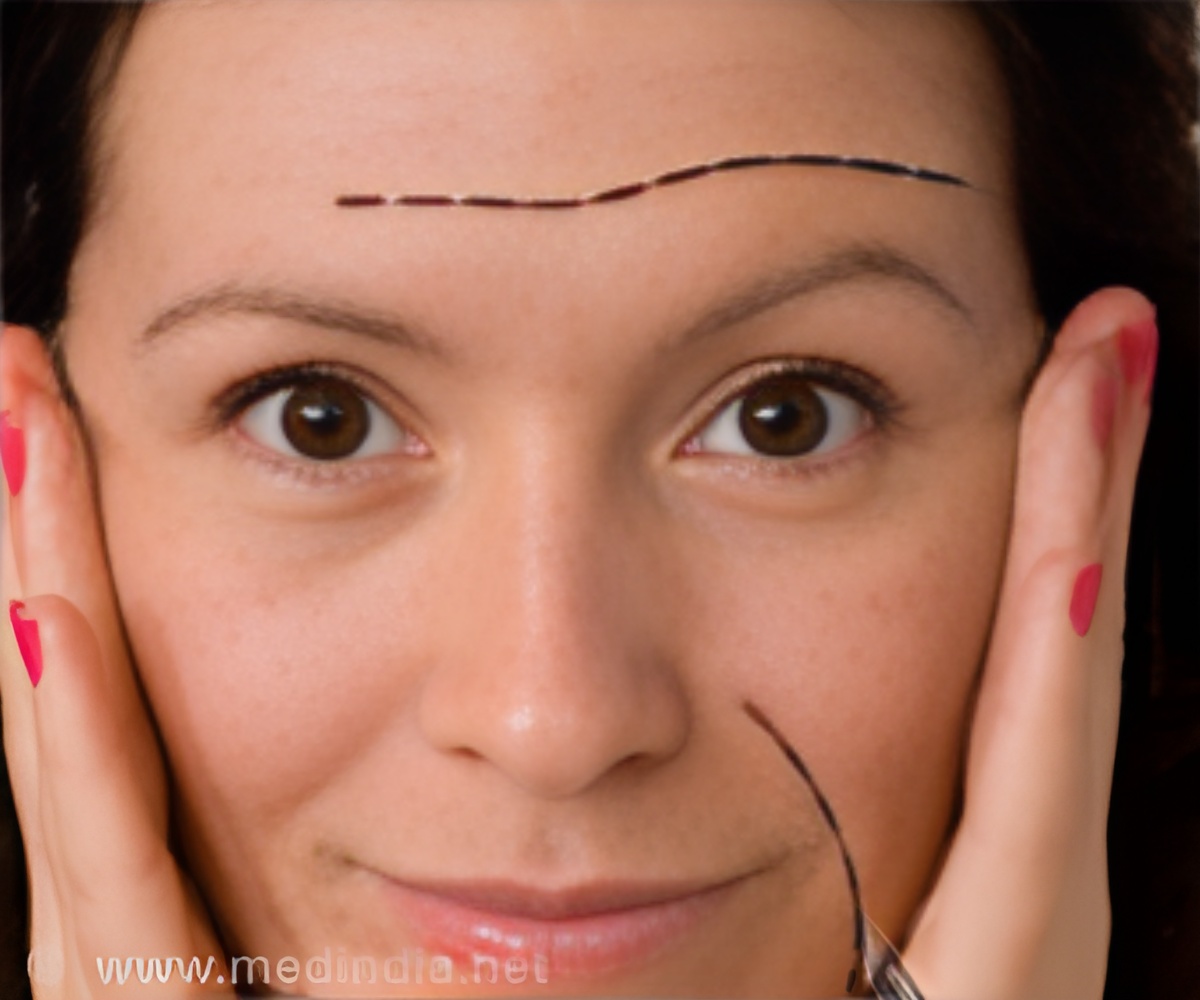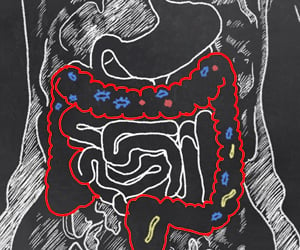In U.S. seventy percent of plastic surgeons have used fat grafting techniques for breast operations, but they are more likely to use it for breast reconstruction rather than cosmetic breast surgery.

Once discouraged, fat grafting to the breast is an increasingly common plastic surgery technique, according to the new report. But more data is needed to optimize the technique and outcomes of fat grafting for breast reconstruction, according to a published report from a team led by ASPS Member Surgeon Dr. J. Peter Rubin of University of Pittsburgh and Russell Kling.
High Rate of Fat Grafting for Breast Surgery… The researchers surveyed the ASPS membership regarding their use of fat grafting for breast surgery. In recent years, there has been renewed interest in techniques using the patient's own fat for cosmetic and reconstructive breast surgery. In these procedures, the surgeon uses liposuction to obtain fat cells from one part of the body—such as the abdomen or thighs—and uses it for augmentation or reshaping of the breast.
Four hundred fifty-six ASPS Member Surgeons responded to the survey. Overall, 70 of the plastic surgeons reported ever performing fat grafting to the breast.
Eighty-eight percent of plastic surgeons who currently perform fat grafting to the breast said they use fat grafting for breast reconstruction techniques, and often apply fat grafting along with implants or flap procedures. The surgeons found fat grafting particular useful for improving the shape of the breast, including reconstruction after "lumpectomy" for early-stage breast cancer.
Three-fourths of surgeons performing fat grafting reported that the abdomen was their preferred site for obtaining fat for the procedure. The survey also provided information on techniques of harvesting and processing fat cells.
Advertisement
As with any surgical treatment, risks must be considered. The plastic surgeons responding to the survey viewed issues of interference with mammography and cancer screening as potential obstacles to fat grafting. Others cited problems with unpredictable results, including poor retention of the transplanted fat cells.
Advertisement
The study provides useful "benchmark" data on the current use of breast fat grafting by U.S. plastic surgeons. Dr. Rubin and colleagues cite the need for further studies to establish optimal techniques for maximizing fat graft retention and patient satisfaction with the results. "This study shows the increasing popularity of fat grafting to the breast, especially to benefit patients undergoing reconstructive procedures. As this field evolves, plastic surgeons will better understand the factors that lead to the best long term outcomes," says Dr. Rubin.
They write, "This standardization may also increase the potential applications of the technique and may lead to increased prevalence in clinical practice."
Source-Eurekalert















